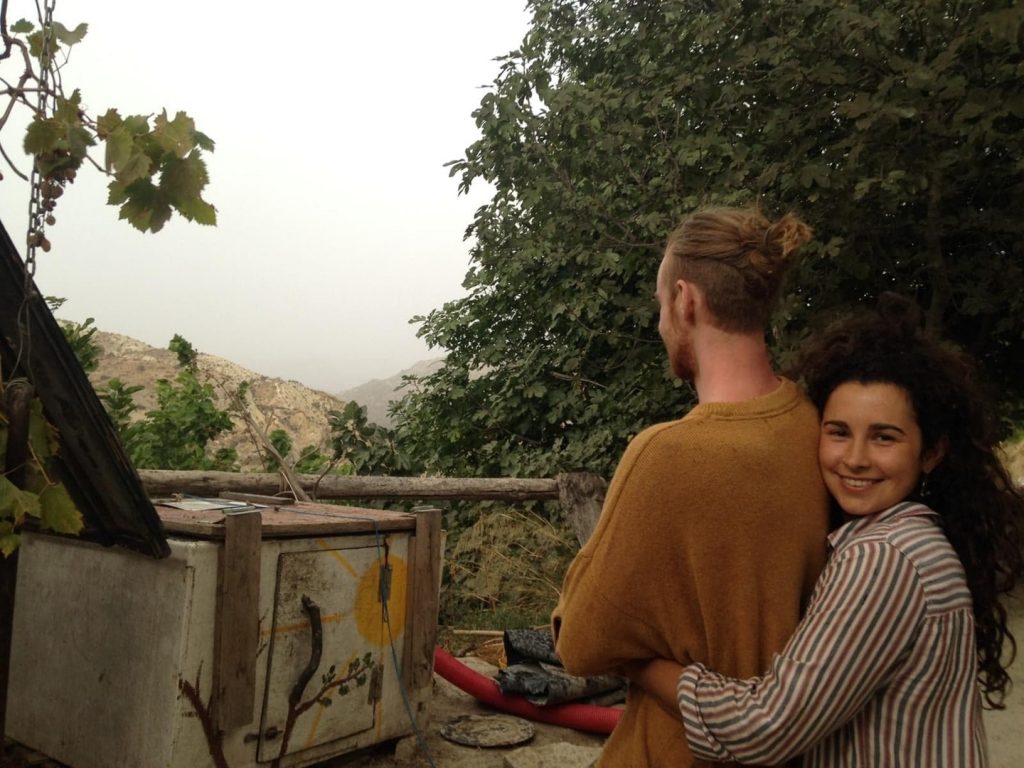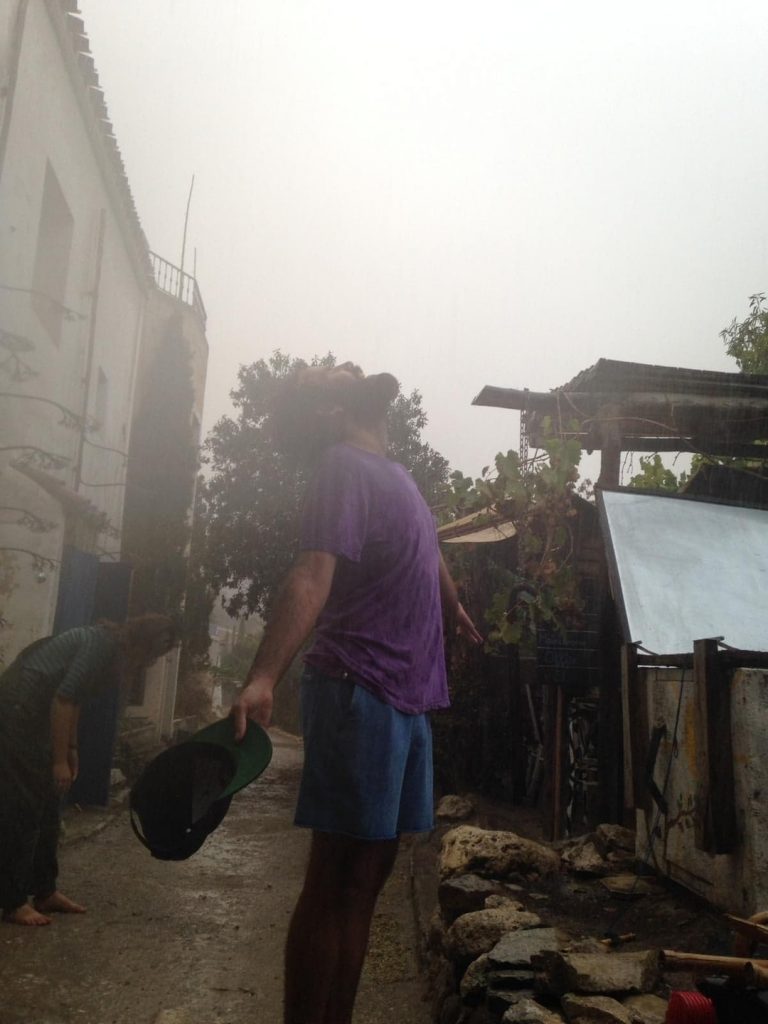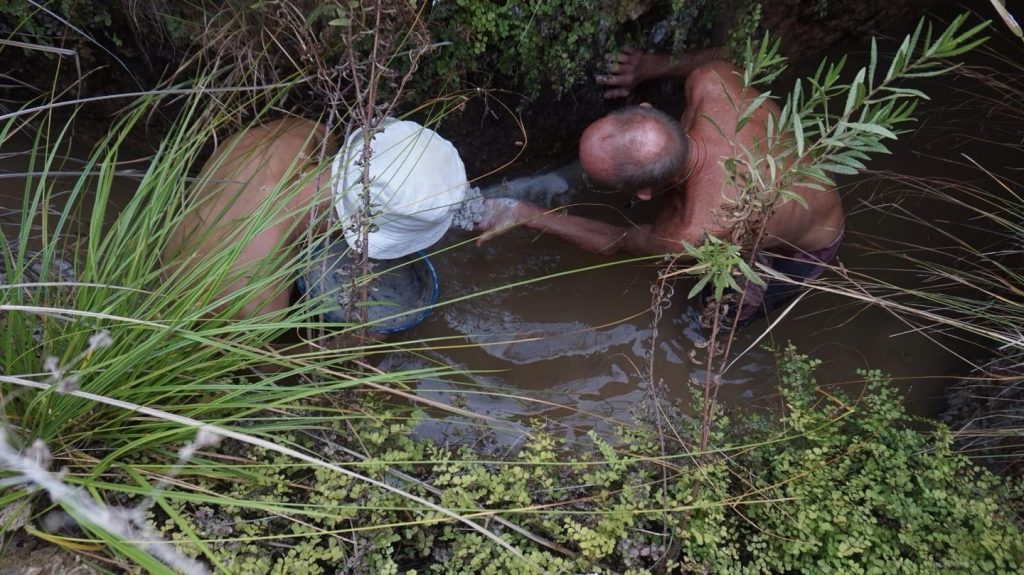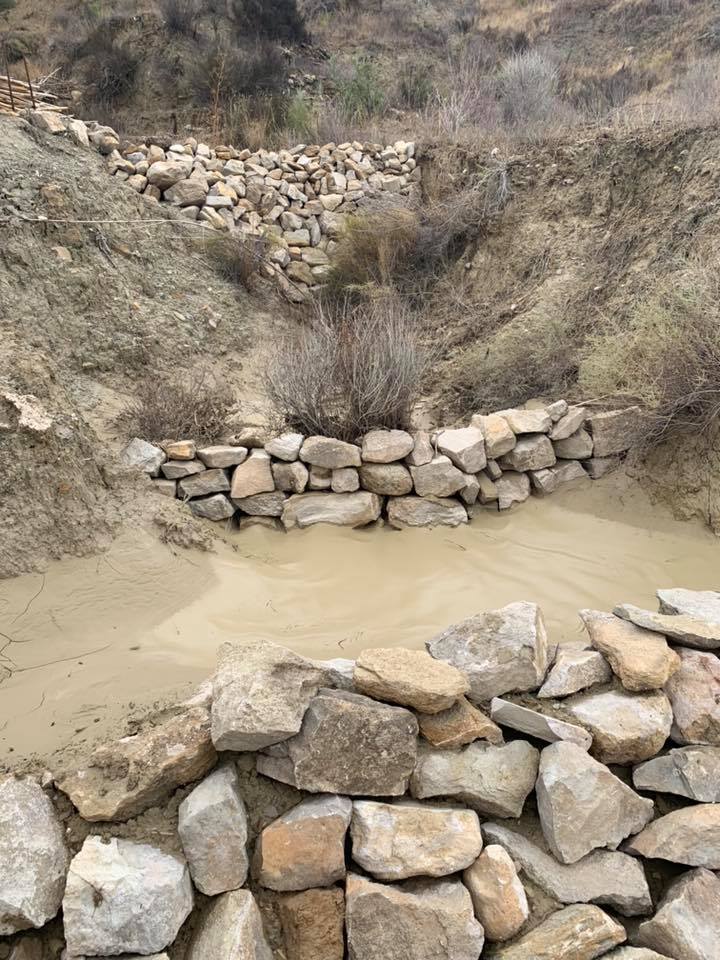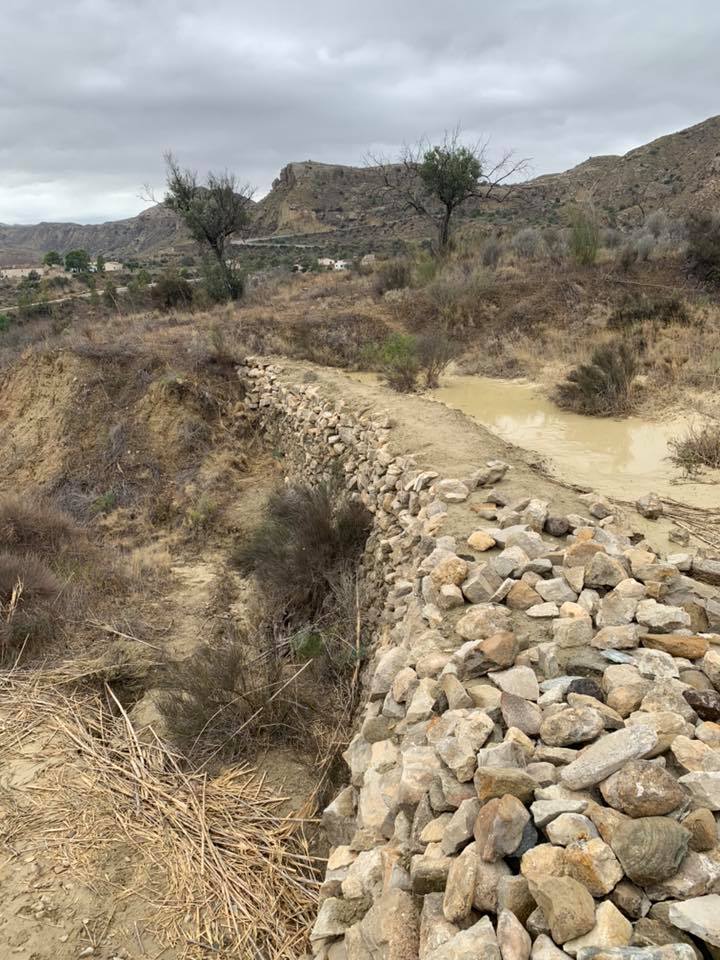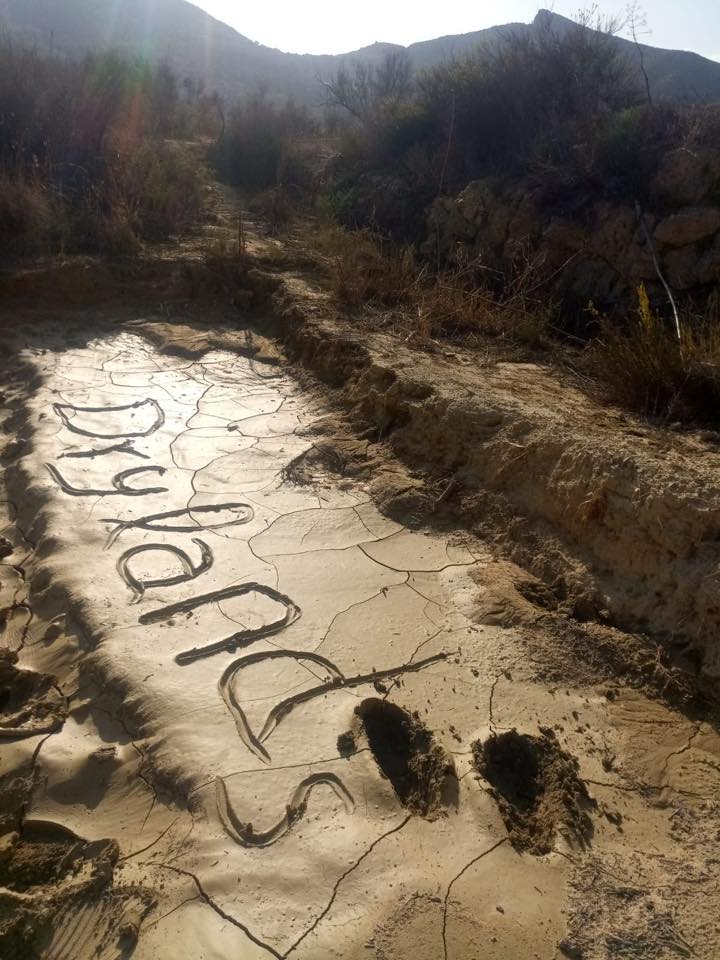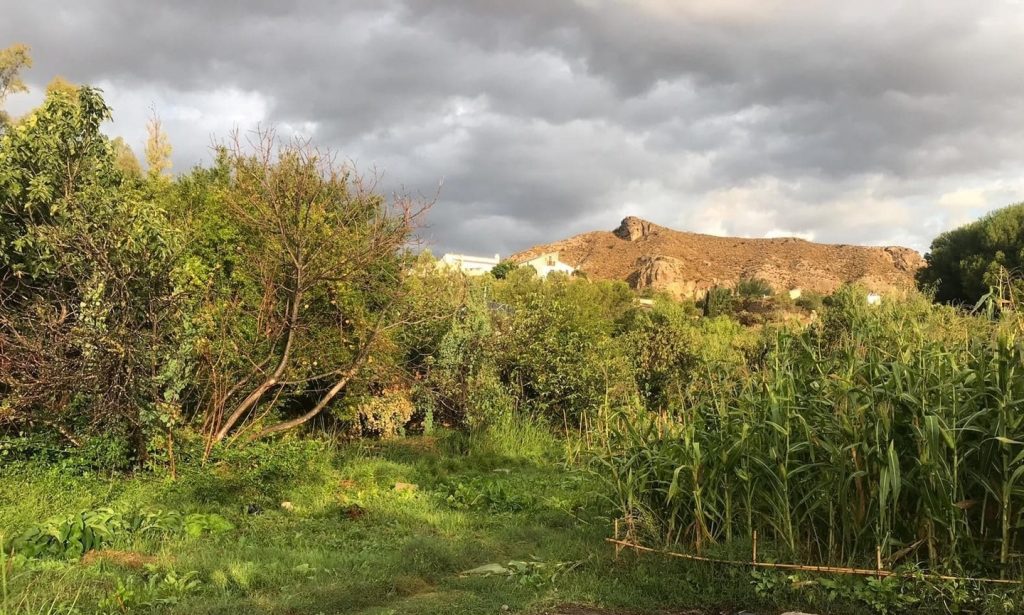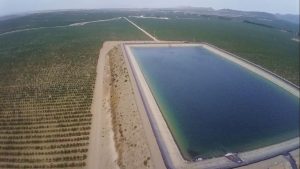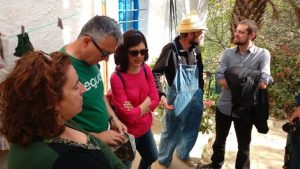Communication and Education, Courses and Events, Eco Construction, Photo Galleries, Sunseed News, Sunseed Stories
Festival en defensa del agua 2025
The day that we have been waiting for the last weeks, has arrived: this years Festival en Defensa del Agua and oh how worth it the waiting was. The days building up to the festival were full of collaborative, creative minds and hands that imagined and perfected the festival site until the very last moment. Friday at 21:00 the 9th of May we left the festival site to gather for having dinner and open up a well deserved cerveza. By then our first visitors and friends have already arrived and the energy of the festival slowly replaced our to-do lists. Not too late, we fell into bed to gather energy for the upcoming day.
The aim of this festival:
The aim of our festival is to serve as an awareness-raising event for the dire predicament in the village of Los Molinos del Río Aguas regarding our precious acquifer, which provides water to the last oasis in Europe – our home! The Río Aguas and our valley are facing an ecocide, with intensive olive farms and massive overexploitation of the aquifer leading to a flow rate of the river that has declined to less than 20% of its historical flow rate and is dropping year on year. Our festival brings together local activists, artisans, musicians and more for a day of education, politicisation, celebration, and life – all at once.
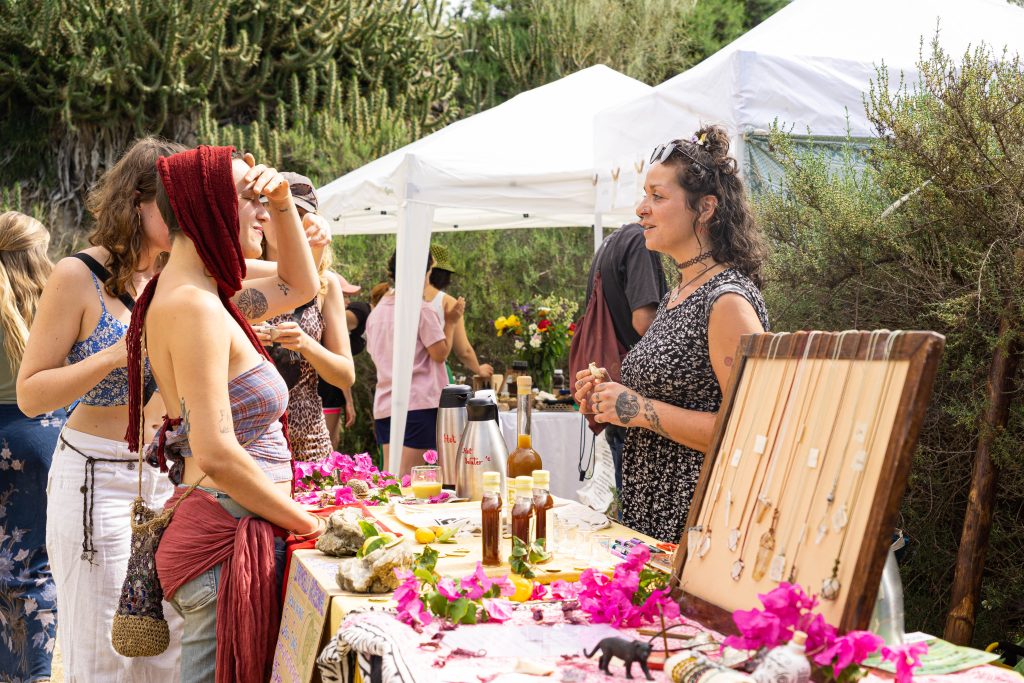 Market: The morning of the festival! We are all excited and curious, as we gather for our morning Sharing Circle. The general mood is motivation and excitement, as we start our first shifts. While some prepare the food in the kitchen, others transport needed utensils to the festival site. At 9:00 we welcome the first guests at our market stall, filled by our home made cosmetic and medicinal products.
Market: The morning of the festival! We are all excited and curious, as we gather for our morning Sharing Circle. The general mood is motivation and excitement, as we start our first shifts. While some prepare the food in the kitchen, others transport needed utensils to the festival site. At 9:00 we welcome the first guests at our market stall, filled by our home made cosmetic and medicinal products.
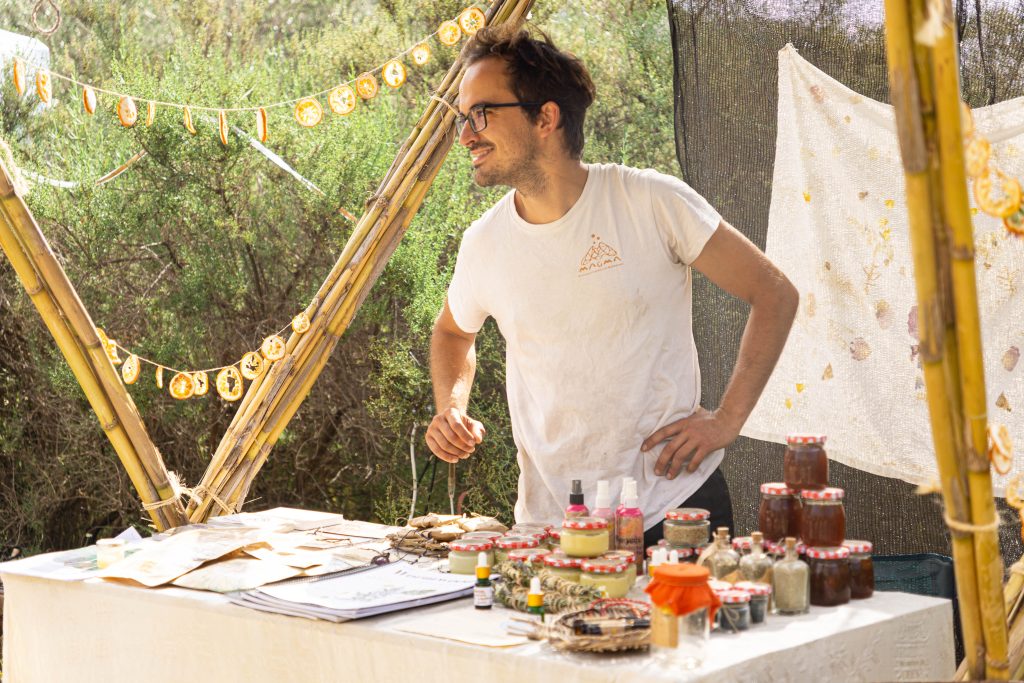
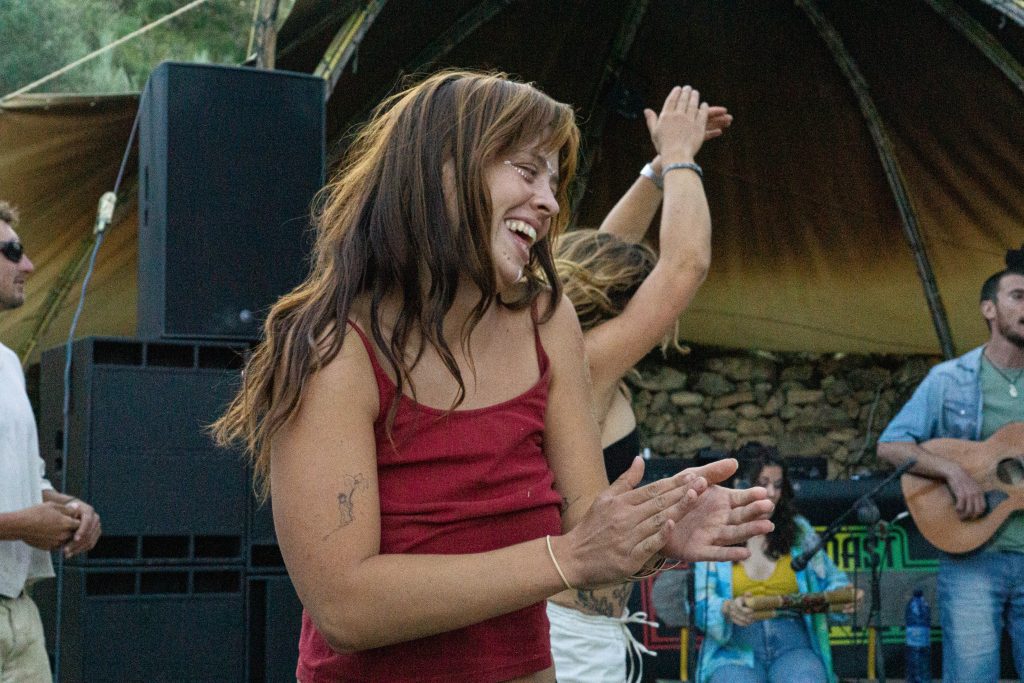
Talks: A big portion of the day consists of talks from local activists and activism groups engaged in the area. David Dene kicks off the event with an introductory talk discussing the ecocide in Río Aguas. Followed by speakers from Acuiferos Vivos, Ecologistas en Acción, Asociación Pro Derechos Humanos de Andalucía, and the Sindicato Andaluz de Trabajadores. This section of the day ends with a mesa redonda discussing the water problem at both the provincial and Andalusian level.
Workshops: Festival attendees enjoyed guided tours to the birthplace of the river, as well as tours of Sunseed and our thriving gardens. Various workshops take place, including one about the extraction and usage of agave fibers, another on how to braid esparto, and a third on climate justice. There was calming meditative wellbeing space in our beautiful domo for those who needed to take a breath.
Music: As the afternoon turns into evening and night falls on the valley, we move into the more musical portion of the day, coming to life with traditional music and dancing from local musicians, followed by a salsa workshop, then a reggae artist before dancing the night away to great DJs!
We are incredibly grateful for all those who helped make this festival happen. This experience was only possible through the co-creation of the amazing artisans and workshop facilitators and powerful speakers and activists, the artists and musicians and villagers who came together to animate this space with critical as well as joyful inputs.
After-Reel of the Festival
Photos by Raffael Prautzsch @rapra2

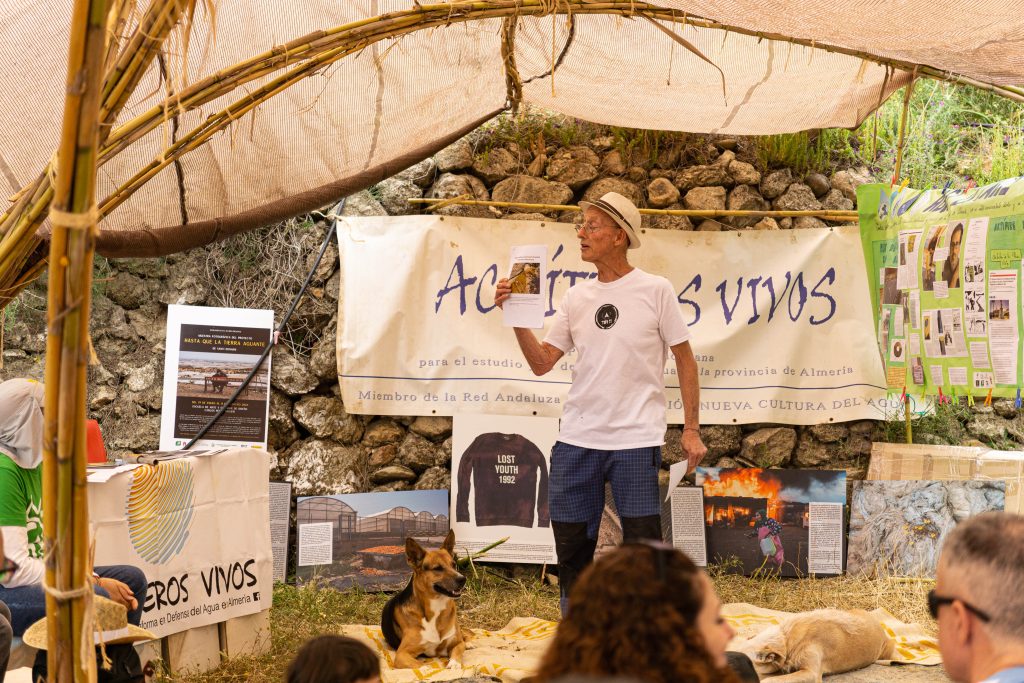
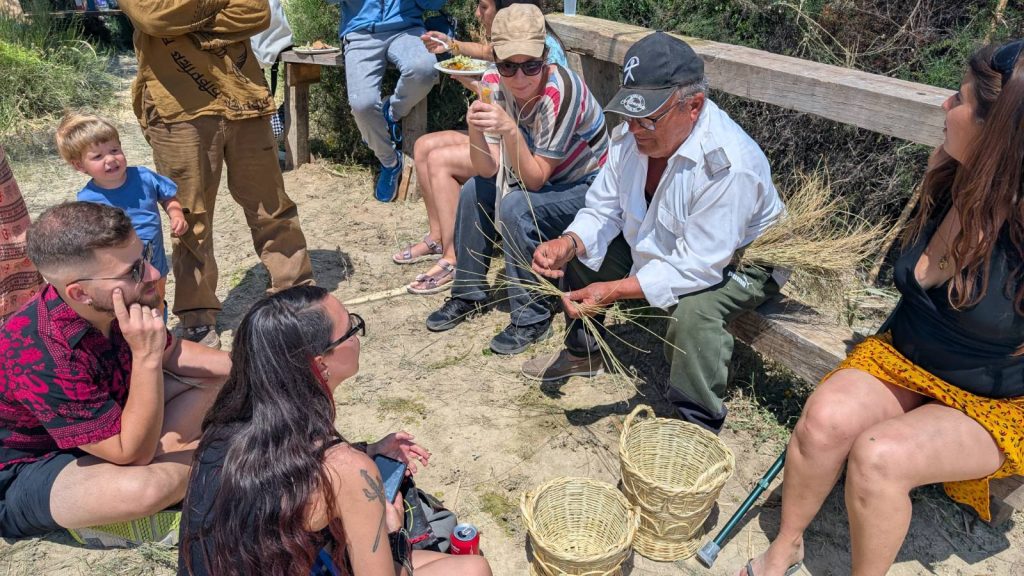
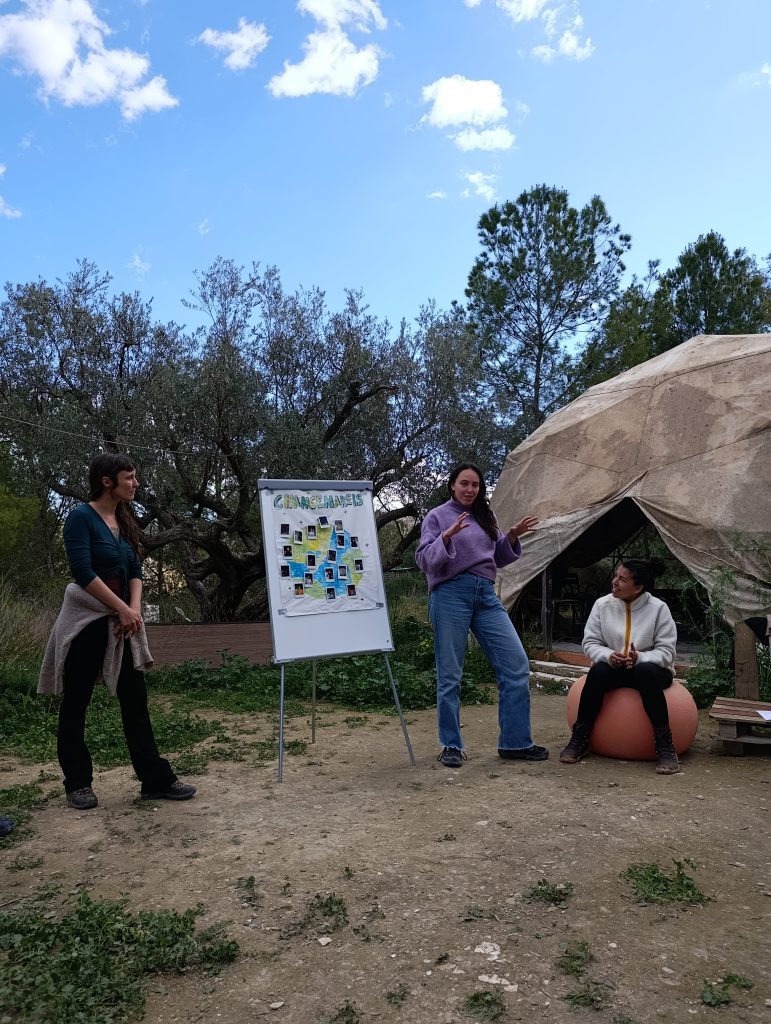
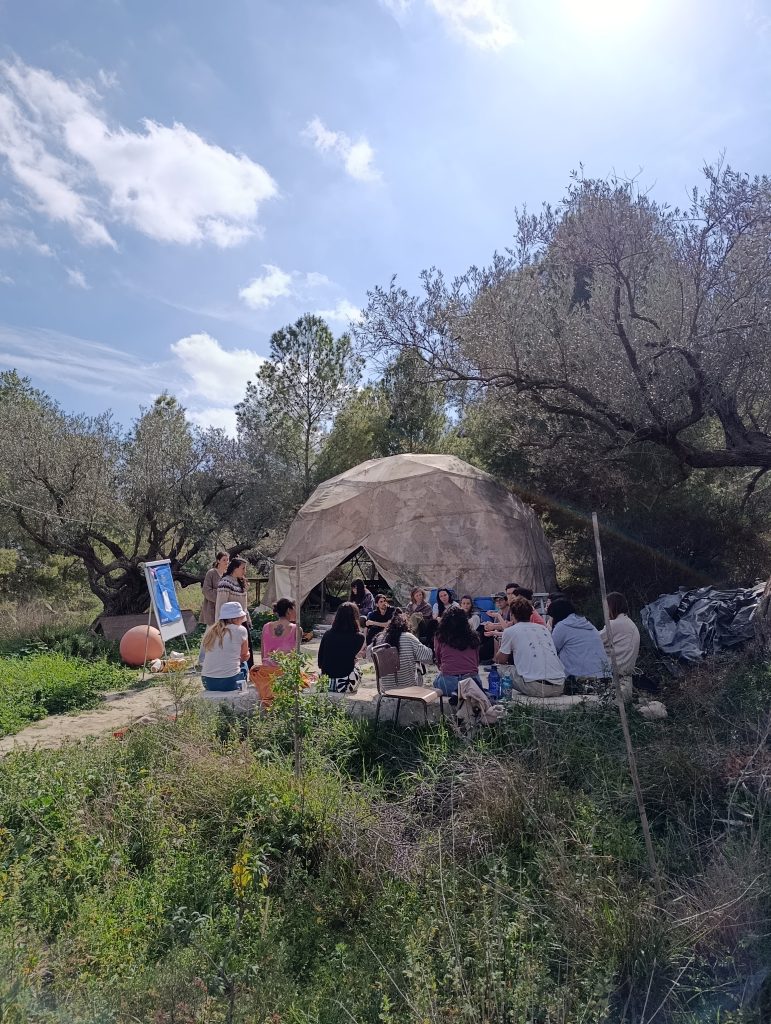
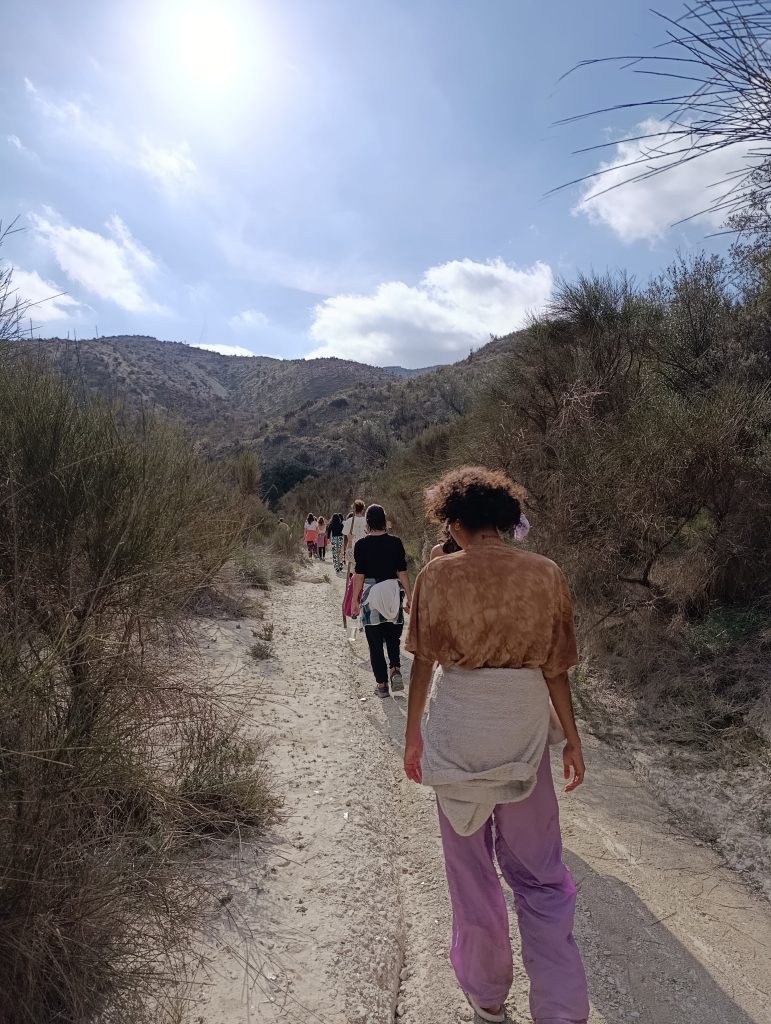
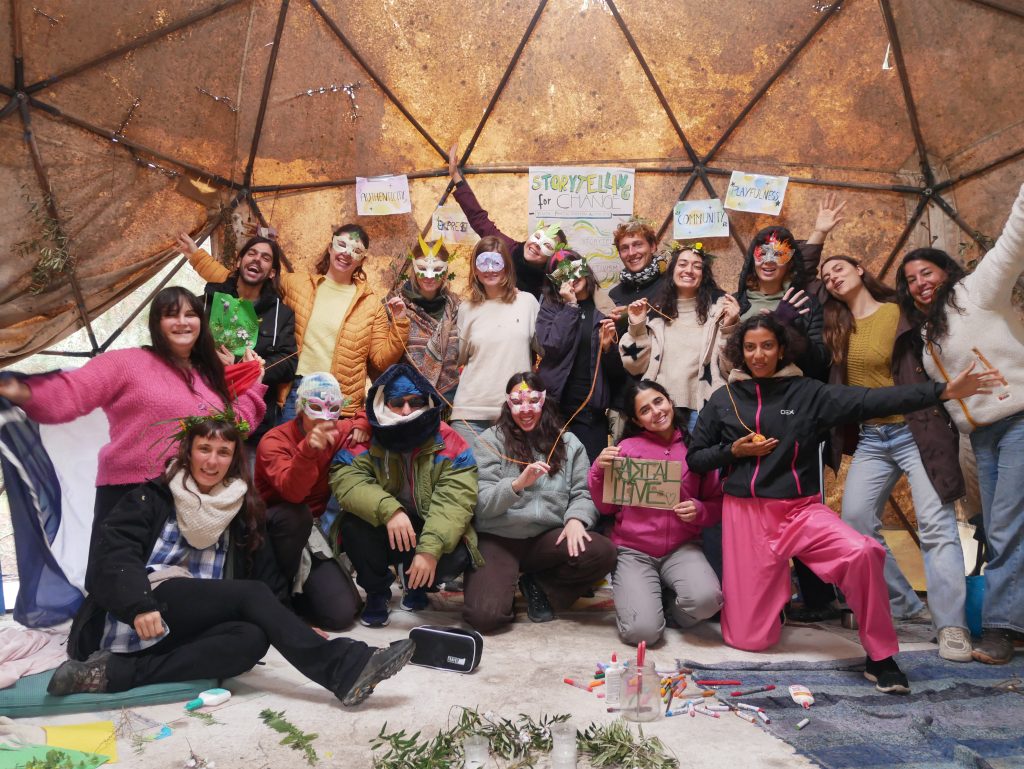
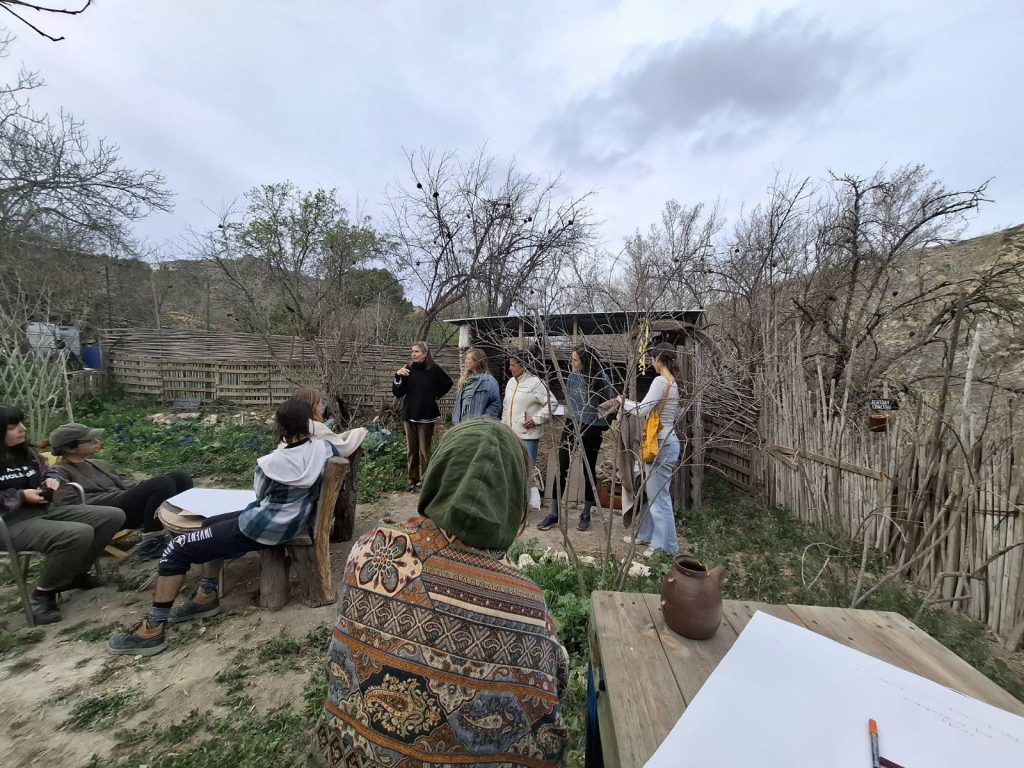
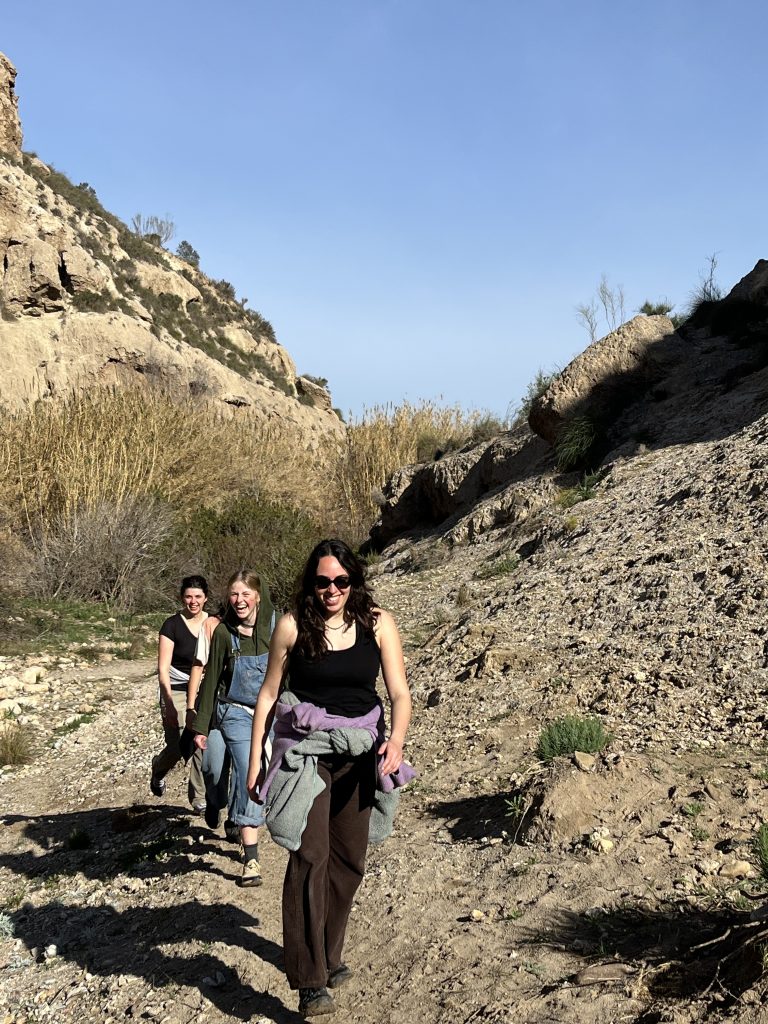
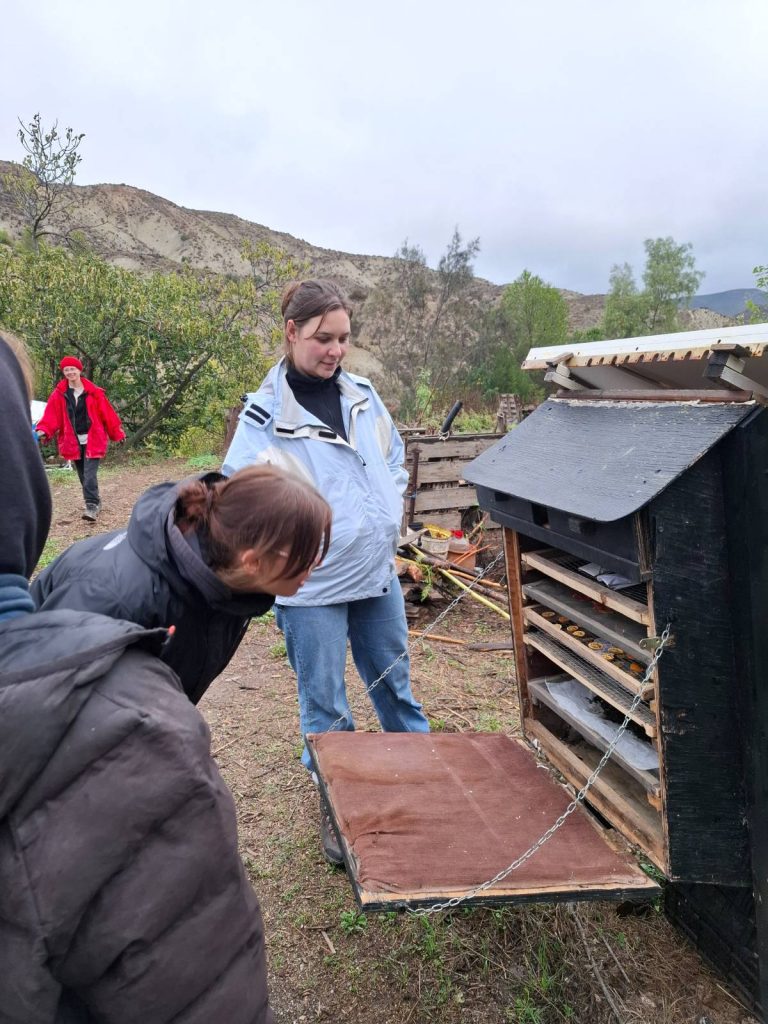
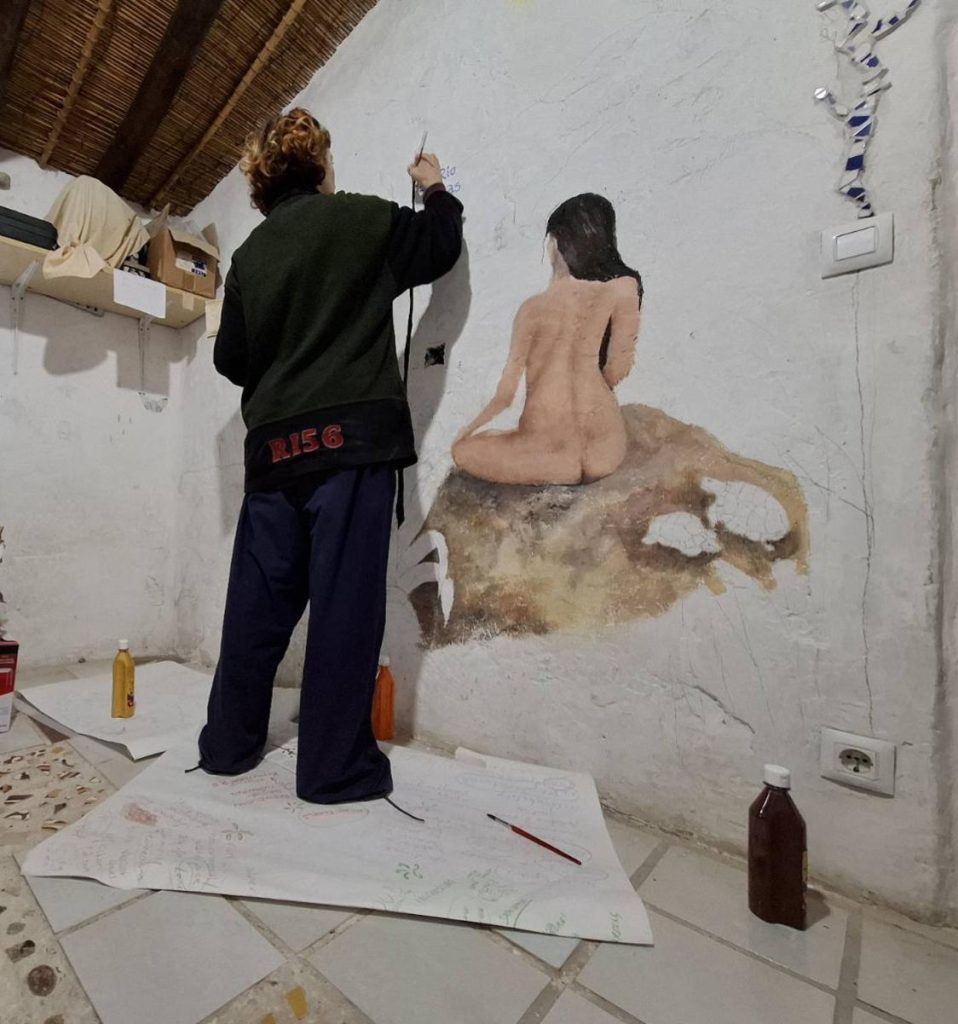
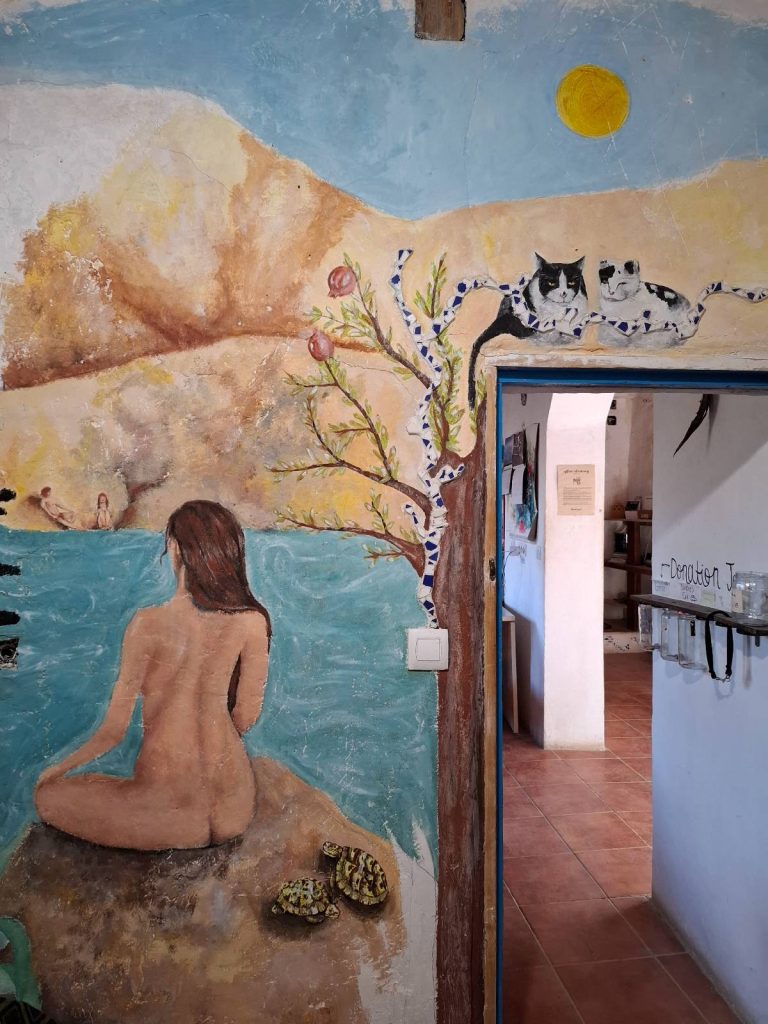
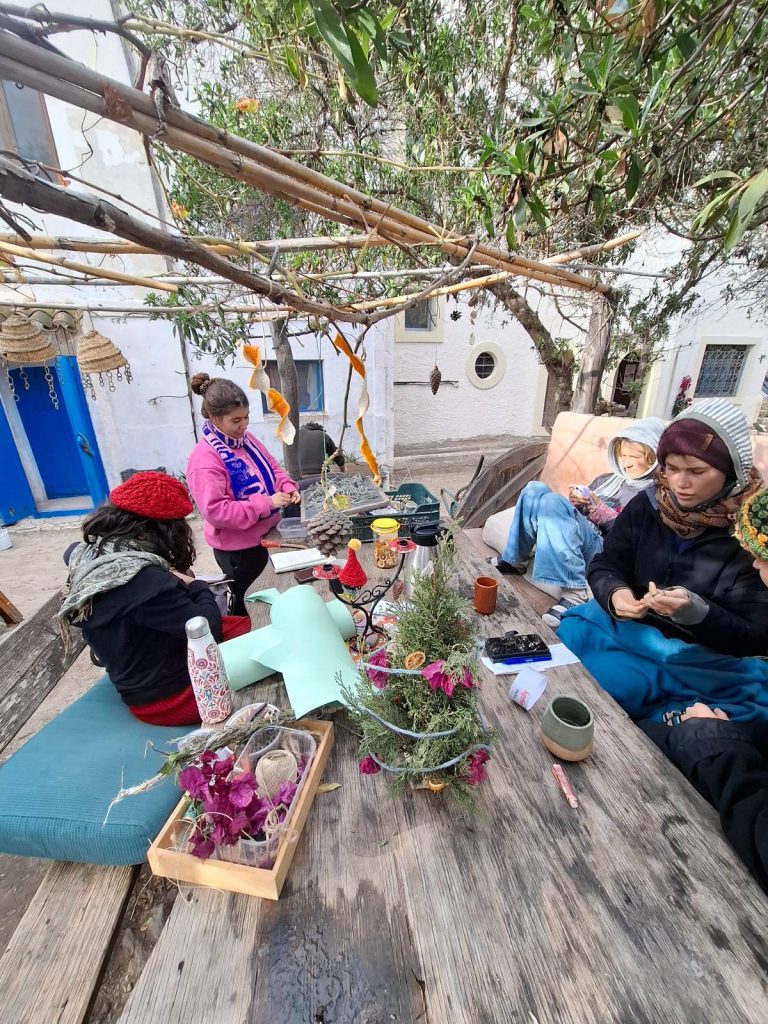
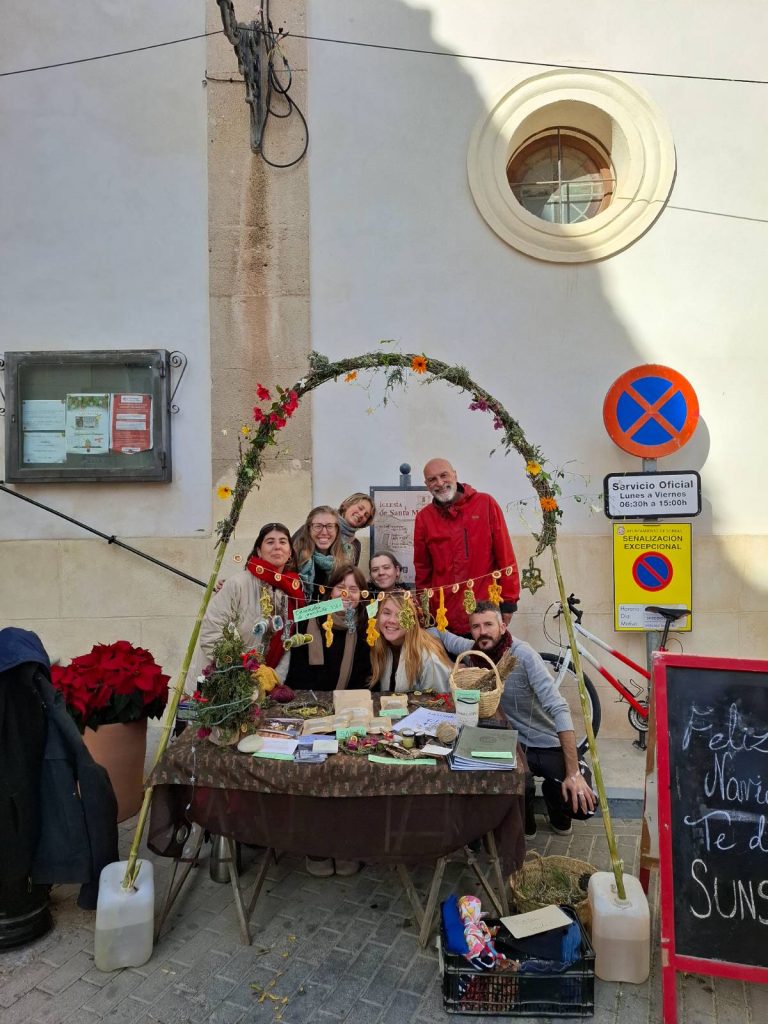
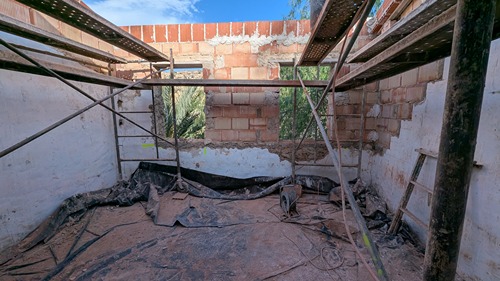
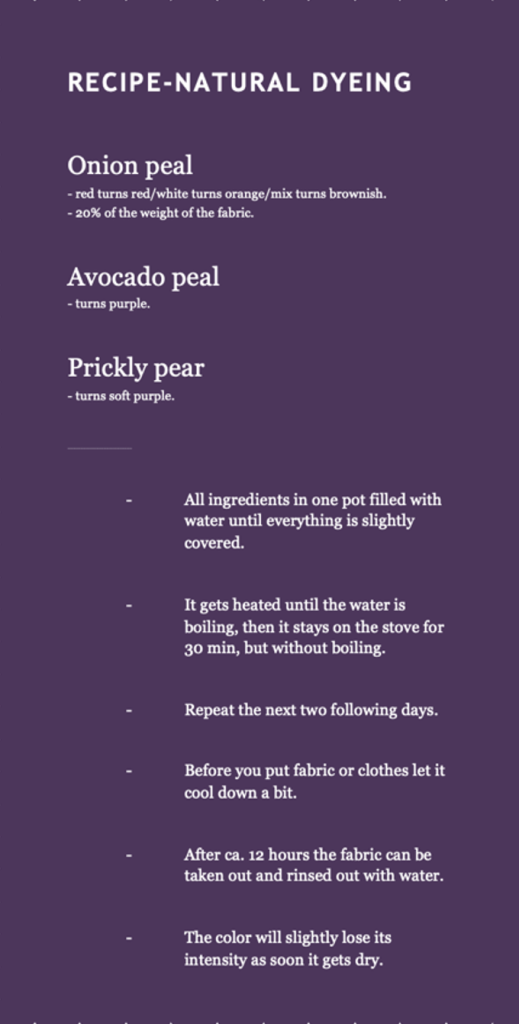
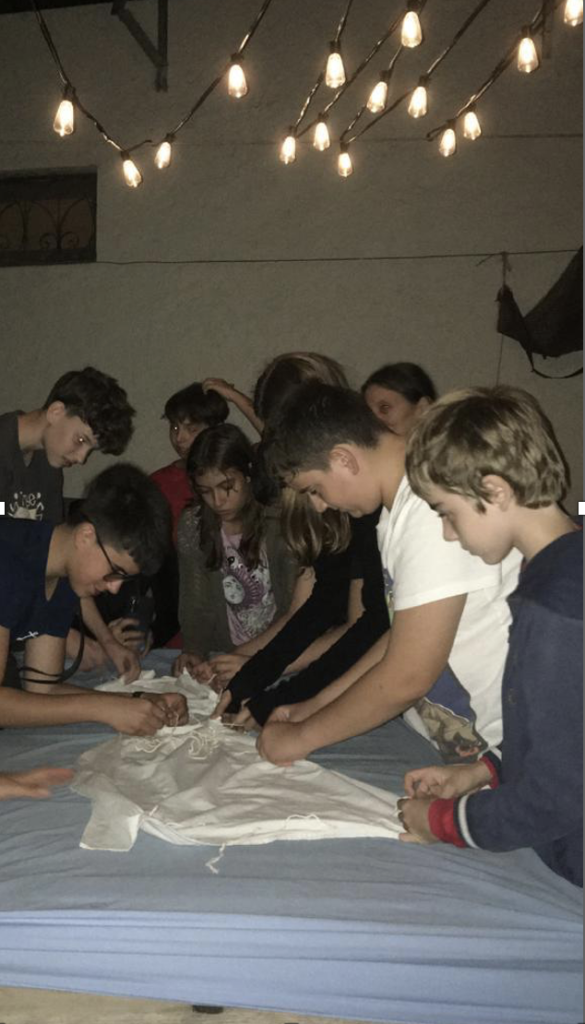
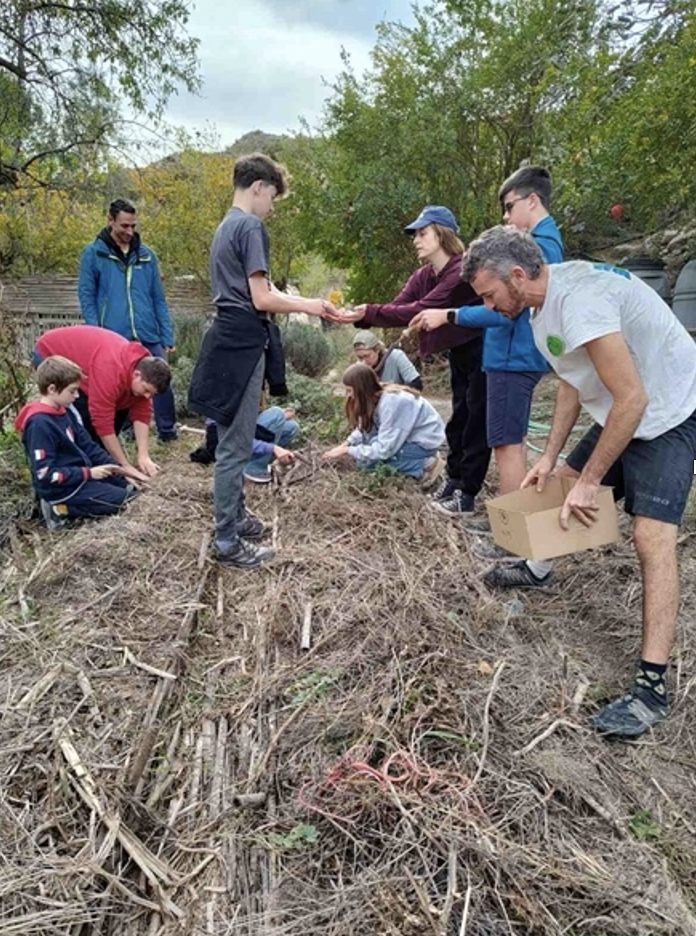
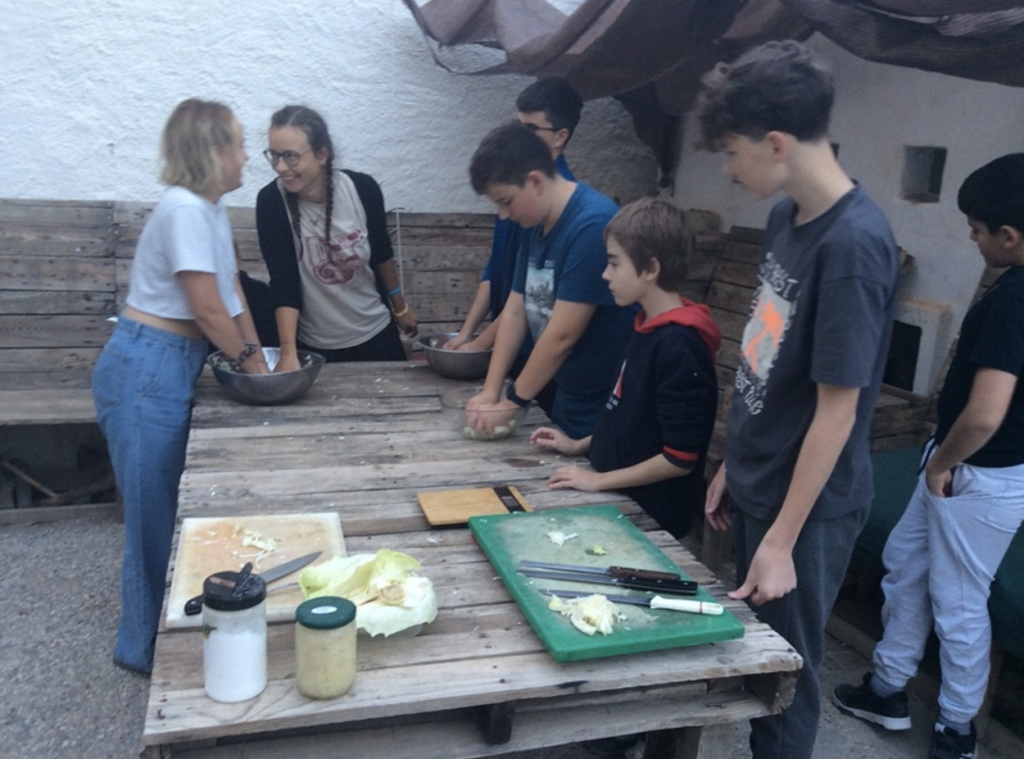
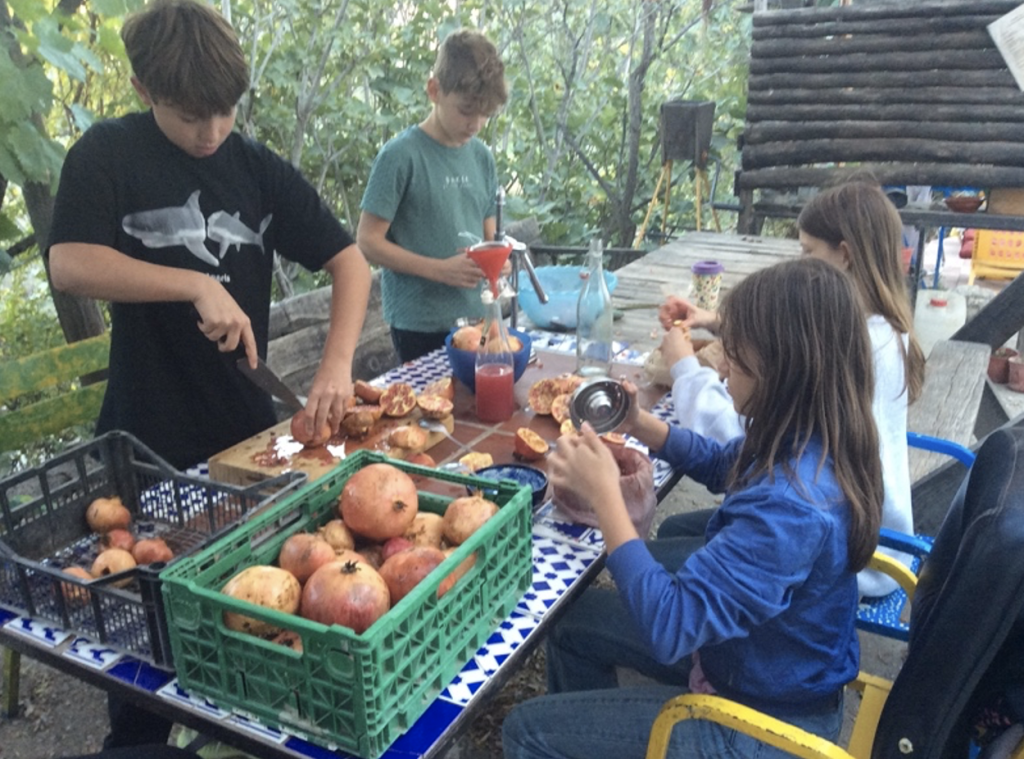
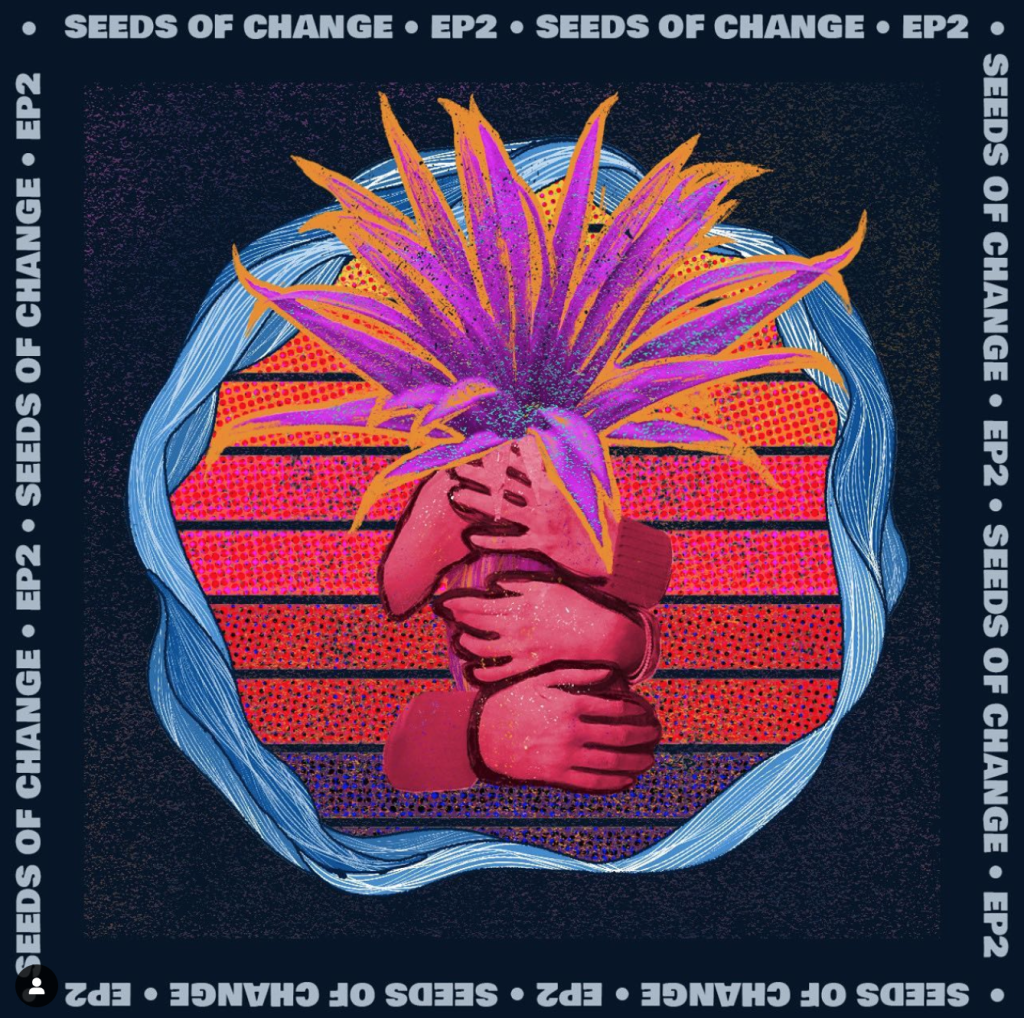 While the
While the 